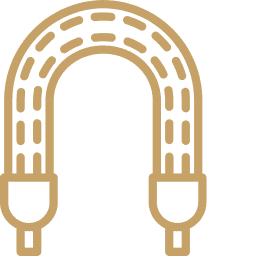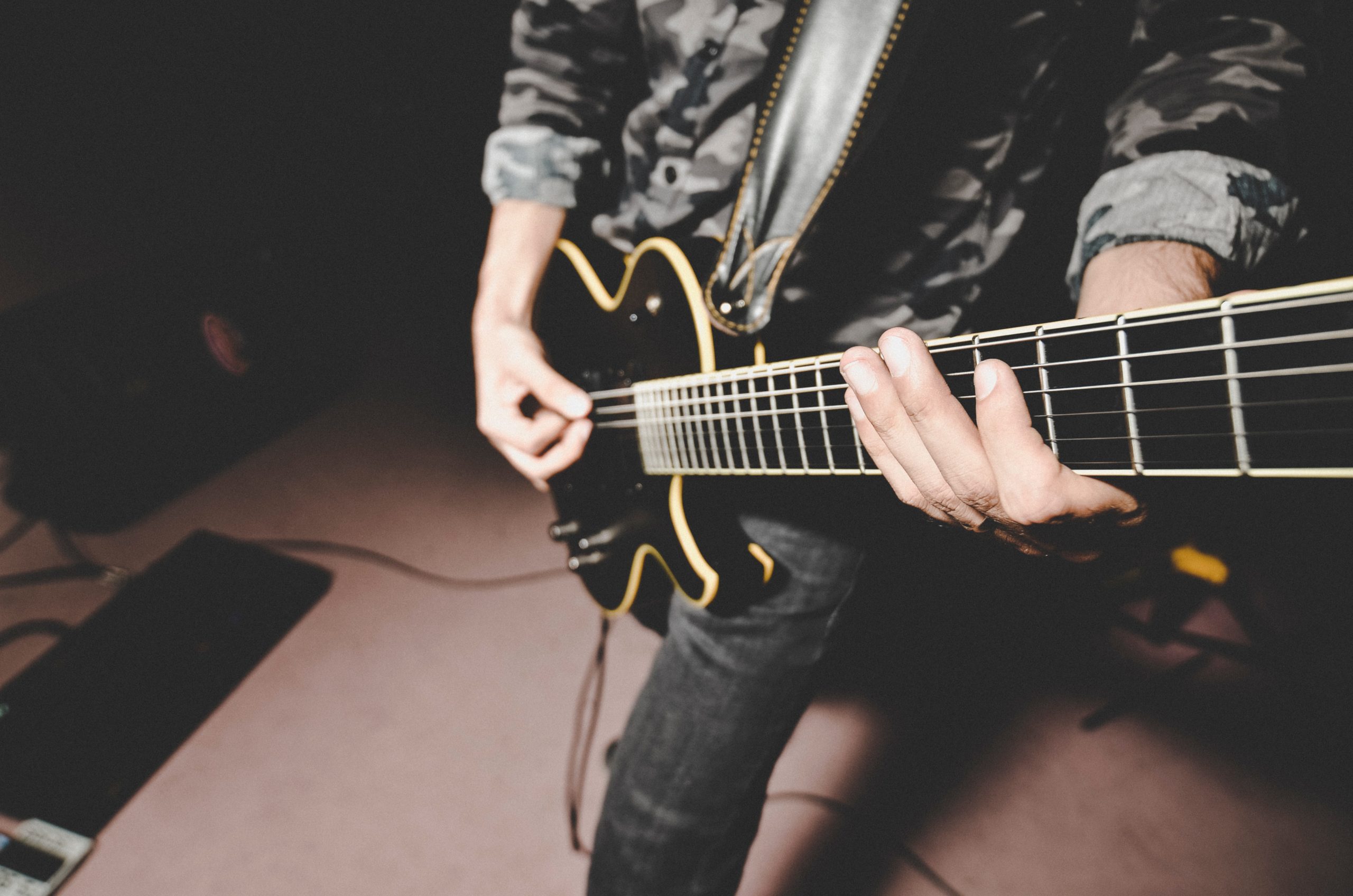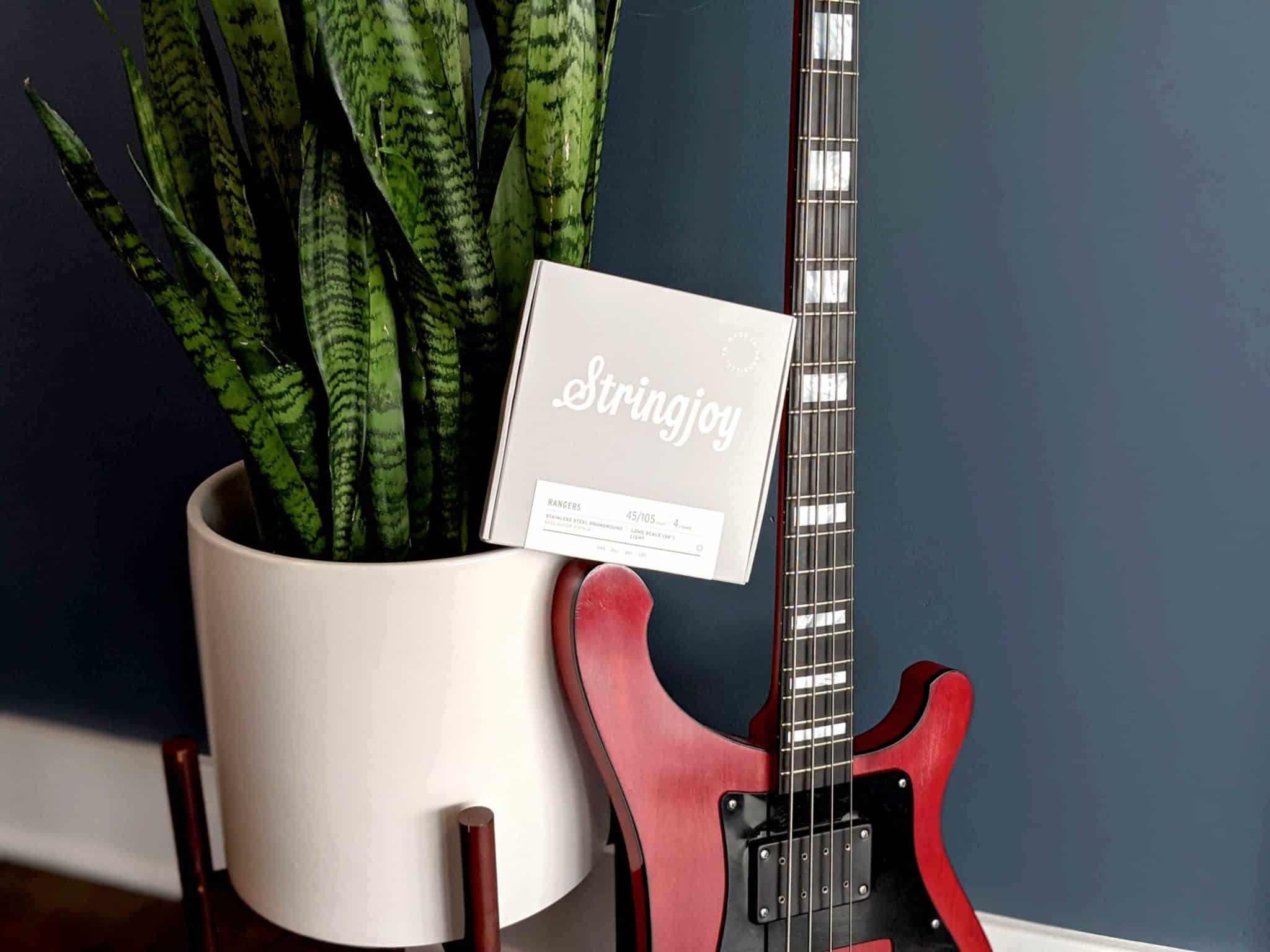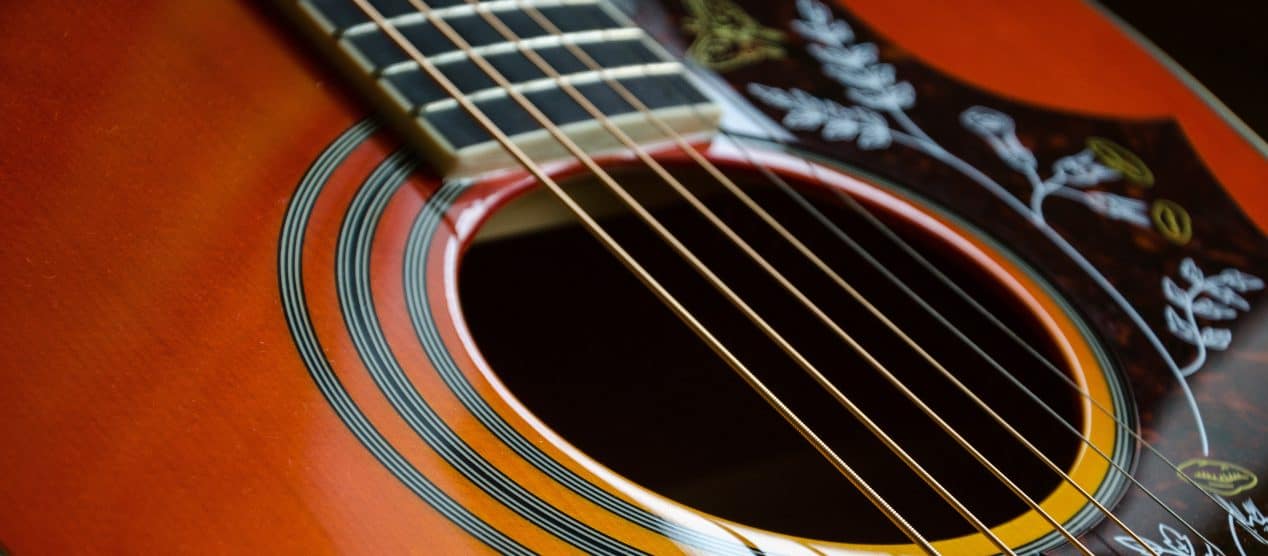Last Updated on [last-modified]
Jimi Hendrix and his guitar tech Roger Mayer were famous for innovation on the guitar—both in terms of technique and technology. Jimi and Roger did everything they could to make sure that his rig was perfectly suited for his playing, and that he had the tools to push his guitar playing to the furthest edges of what was possible.
Jimi played custom designed guitar pedals, hot rodded amps, customized guitars—and needed carefully chosen guitar string gauges to suit it all.
In an interview with Guitar World, Roger Mayer recounted Jimi’s custom string gauges:
.010 / .013 /.015 / .026 / .032 / .038
Mayer explained:
“The big difference there is that you’re using the .015 for the third, because if you use the .017 for the third, the actual sound of the guitar is very G-heavy. The electrical output of the strings is dependent on the square of the diameter; if you square all the diameters and look at them, you can get much more of an idea about the balance of the guitar.
You should always remember that, because many, many times people use a set of strings that are completely imbalanced and they just don’t sound that good. Most people would say a .010 to .013 is the correct jump. And the .015 is much better for the G than a .017. An .015 squares out at .225 and .017 is 289. So you’re going to get 28 percent more output just with a two-pound different in string size.”
Now we’re not necessarily going to endorse Mayer’s more unconventional approach to string tension, but the big take-home from the article for us was simple: if you care enough about your tone and your playing to be choosey about your guitar, your amps, or your pedals, why shouldn’t you put the same effort into finding the right string gauges for your playing?
There’s a reason that most of the famous guitarists you know don’t play a standard set of strings. From Jimi to Stevie Ray Vaughan, David Gilmour to Tony Iommi, throughout history, most players that have had the opportunity to play a custom set of strings have jumped at the chance. Why? Because they know how much of a difference string gauges make. Let’s look at two other examples:
David Gilmour uses a custom set that’s just a few small tweaks away from a standard set of 10s:
- He lowers the 2nd and 3rd string gauge to facilitate bigger, smoother bends.
- He ups the gauges of the 4th, 5th, and 6th strings for a more powerful rhythm tone.
- Gilmour’s Custom Set: .010 – .012 – .016 – .028 – .038 – .048 (more info here)
Stevie Ray Vaughan is famous for a more wholesale change from the norm, starting with a set of 13s as the base:
- He lowered the 2nd and 3rd string gauges drastically, from .017 and .026w to .015 and .019p.
- He also lowered the 4th and 5th strings to .028 and .038, but upped the 6th string to a .058, for better balance when playing aggressive blues licks on the 6th string, but not too much tension to bend the 4th and 5th strings.
- SRV’s Custom Set: .013 – .015 – .019p – .028 – .038 – .058 (more info here)
Whether it’s a small tweak you’re after, or a more significant change from the norm, there aren’t many things that can make as significant of a difference for both the way you play the guitar and that way it sounds through an amp as a custom set of strings can. And dollar for dollar, there’s absolutely nothing that can beat it.








13 Responses
So Jimi’s string guage had nothing to do with fitting a low E string into a high E nut groove of right hand strat?
So Jimi’s string guage had nothing to do with fitting a low E string into a high E nut groove of right hand strat?
As I remember, being a 1960s guy myself, is that that gauge set was Fender’s first foray into rock stings that you could bend. I think they called them the 150 set, not to be confused with the gauges that use that set number now. I thought at the time that the bass stings were on the light side, almost rubber band like. Indeed you don’t see this as a common set today. If I had my druthers, I would have a .016 on the 3rd string with a .010 set and a .015 on the third with a .009 set. The .017 is a bit too stiff and too loud as they say in the article. But it seems once string manufacturers settled on their standard gauges, that was it and to never change.
Yep, these were Fender’s gauges back then, but they were actually discontinued by Jimi’s time so Mayer built them out as custom sets.
No, Fender 150s are still available.
The gauge Jimi used, at this time were called TR for ‘Traditional’ and were still gauged at 010, 013. 015. 026. 032. 038. “Pure Nickle Wrap”. These were still available up until sometime in 2012.
Now only typically gauged sets of Fender 150s are still available.
You’re correct that they were brought back and continued until around 2012, but they were initially discontinued during Jimi’s heyday (which was only a few years), according to his tech Roger Mayer.
I love your balanced Sets and the information you’re providing guitarists everywhere! Thanks.
I’ve been using this set since I’ve learned about Rogers math for it.
The low end strings are very slinky, but this extremely balanced out the whole guitar.
It was like a compressor was added magically. The most transparent, dynamic compressor ever.
Regarding the Jimi set. The article does not state that he tuned this string set down to E Flat. Same with SRV I might add.
Never would have guessed Jimi was playing such light strings. His tone certainly doesn’t sound ‘light’ so I was surprised. A few weeks after I found this I went back and tried a set pretty similar and man oh man can I wail on the G string. It’s nice too because the high e isn’t so light as to sound weak. The light bottom end takes a bit of getting used to, but once you do it’s a pretty crazy trip to be able to bend those wound strings almost as much as you do you plain strings.
You guys are my new favorite string company. I love the strings and the service, and it’s really cool to see how much you know about the different string sets famous guys have used.
Awesome article, sheds a lot of light on how string gauge affects not just playability, but output and overall tone. The lighter gauges in the low end for this set was a bit of a surprise too.
Taking all this into consideration, it’s no wonder there are tons of problems associated with low tuned guitars using heavier strings – it’s like trying to cage a wild animal.
Bottom line – personalized string selection is critical. It doesn’t have to be hard plus it’s something every player should do to find their true voice.
Doesn’t seem to be mentioned,but a lot of these guys tuned in E-flat.